Timeless Beauty of Humayun’s Tomb: A Gateway to India’s Mughal Heritage
If you’re a history enthusiast or someone who simply appreciates architectural beauty. Then visit to Humayun’s Tomb in Delhi should be on your travel itinerary. This stunning monument not only offers a glimpse into the grandeur of the Mughal Empire but also tells the fascinating story of a legacy that continues to inspire generations. Here’s a closer look at why Humayun’s Tomb is an absolute must-visit for travelers in India.
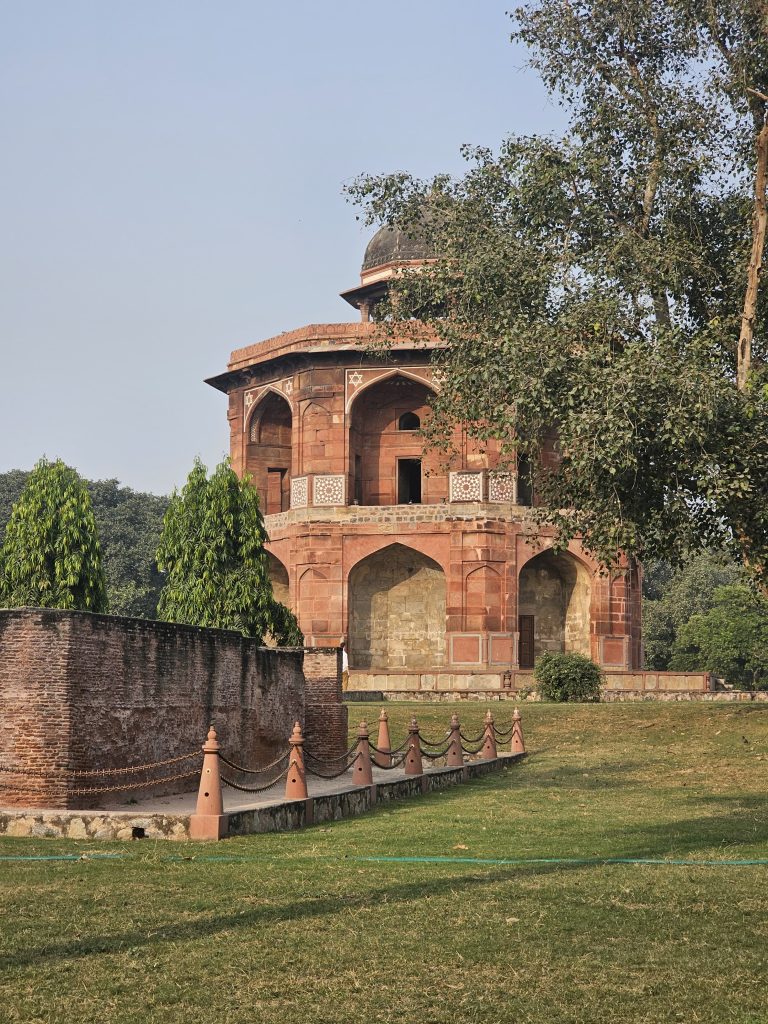
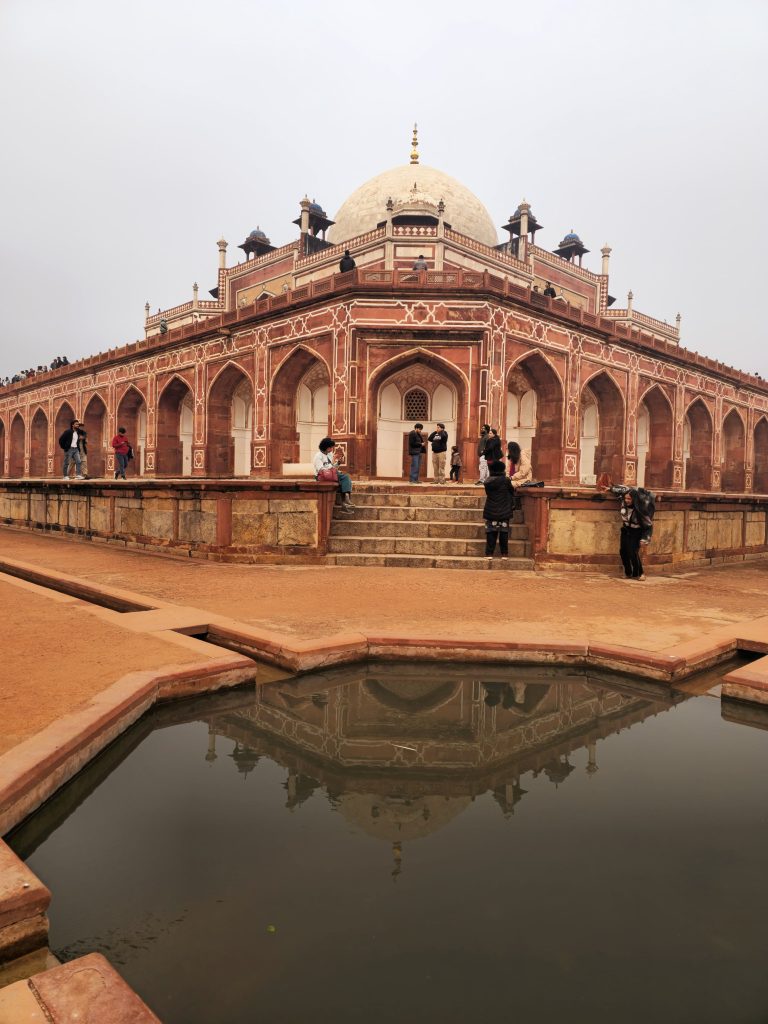
A Historical Treasure
Humayun’s Tomb is a UNESCO World Heritage Site that stands as a tribute to Humayun, the second Mughal emperor, who reigned from 1530 to 1540 and then again from 1555 until his death in 1556. The tomb was commissioned by his wife, Empress Bega Begum, in the mid-1500s and was completed in 1572. This awe-inspiring structure was one of the first grand Mughal monuments to feature the distinctive Mughal architecture that would go on to influence many other masterpieces, including the Taj Mahal.
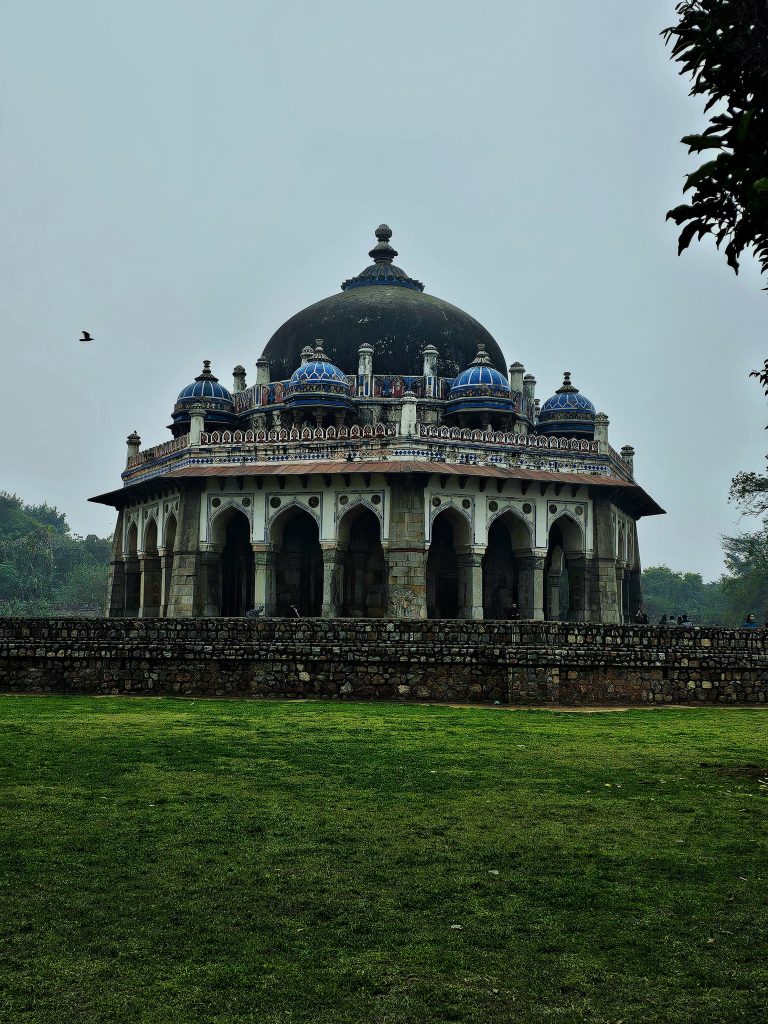
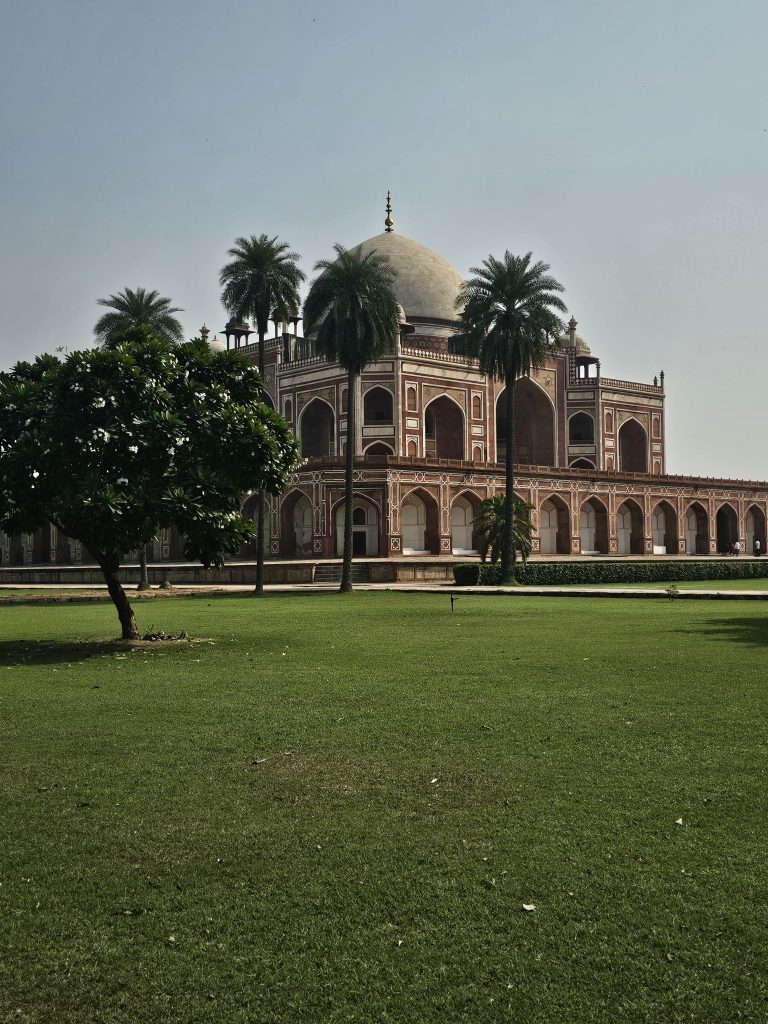
s Tomb
Architecture that Captures the Mughal Essence
Humayun’s Tomb is an architectural masterpiece that fuses Persian, Turkish, and Indian elements. The tomb itself is set within a large garden, designed in the traditional Char Bagh (four-square) layout, symbolizing the four gardens of paradise in Islamic culture. The tomb is made of red sandstone, with white marble accents, and the grand dome is a perfect example of the early Mughal style that would later be perfected in the Taj Mahal.
One of the standout features of the tomb is its symmetrical design, with a central dome rising gracefully over the tomb chamber. The use of intricate geometric patterns, decorative calligraphy, and the integration of lush gardens all reflect the grandeur and attention to detail that the Mughal rulers were known for.
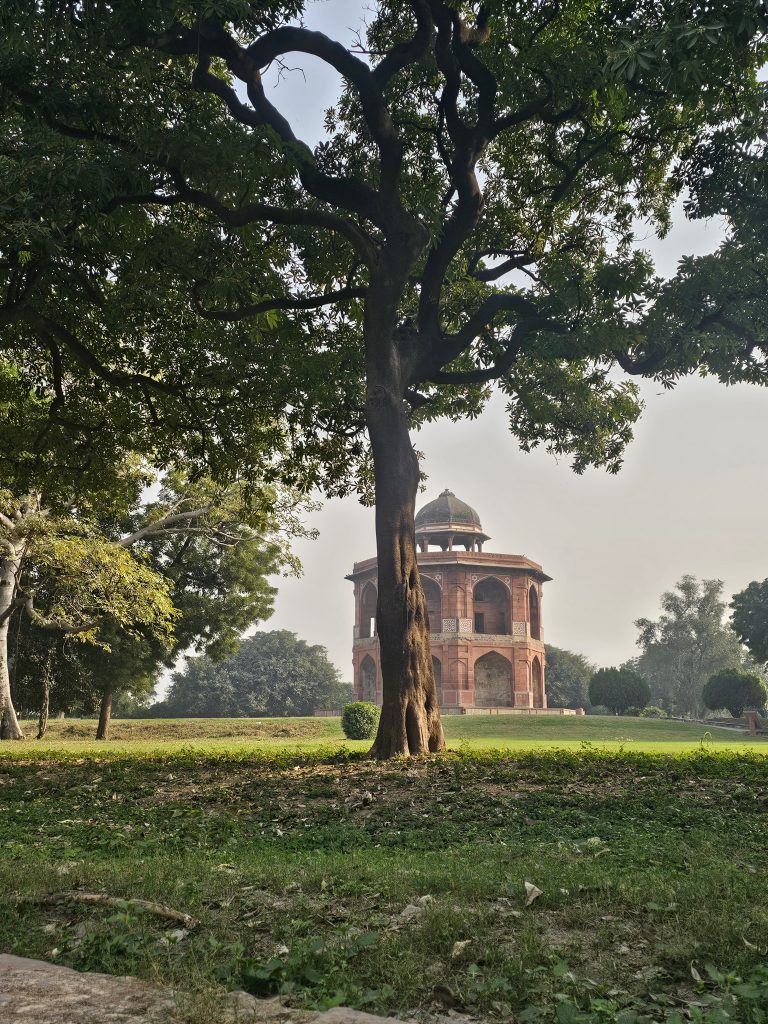
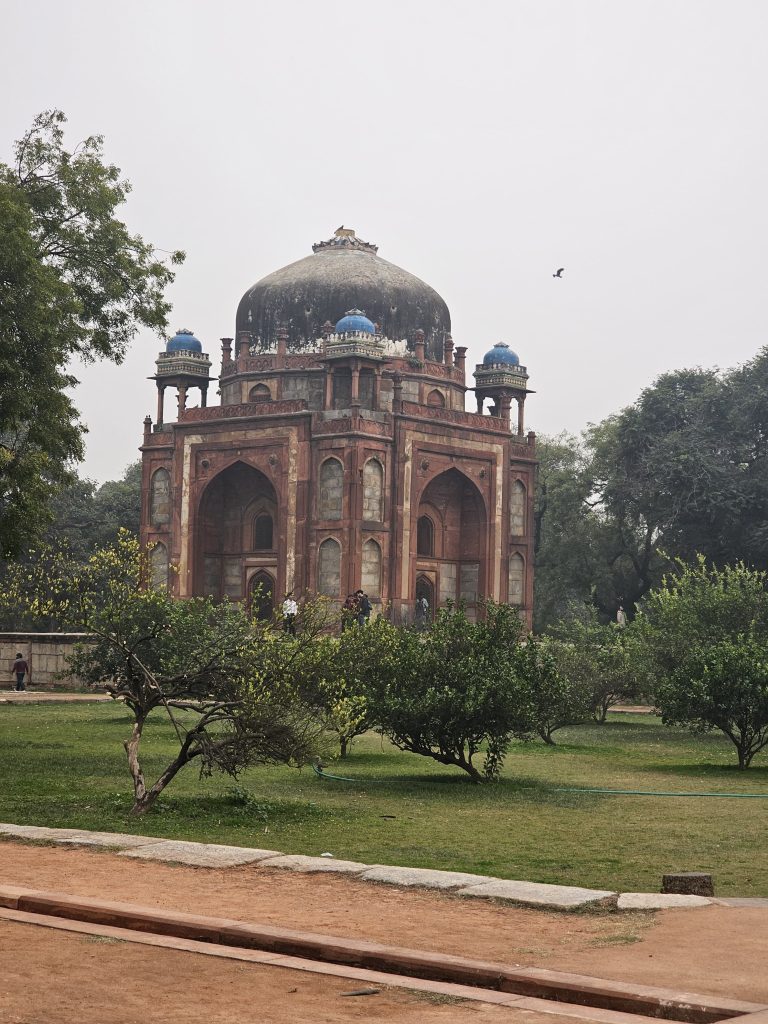
A Peaceful Retreat Amidst the Bustling City
Though located in the heart of Delhi, the tranquil atmosphere of Humayun’s Tomb offers a peaceful respite from the hustle and bustle of the city. As you walk through the expansive gardens, you’ll be surrounded by lush greenery, serene pools, and well-maintained pathways. The tomb is an oasis that invites visitors to slow down and soak in its beauty.
The tomb is also surrounded by several other smaller tombs of Mughal emperors, princes, and nobles, making it a place of deep historical significance. Each tomb is built with similar attention to detail, offering a fascinating look at the tomb-building traditions of the time.
Must-See Highlights at Humayun’s Tomb
- The Tomb Itself – The central attraction of the site is undoubtedly the grand tomb of Emperor Humayun. The grandeur of the architecture is truly mesmerizing, especially when viewed from the garden.
- The Persian-Style Gardens – Walk through the Char Bagh layout and admire the symmetry and beauty of the manicured gardens, featuring fountains and water channels that lead up to the tomb.
- The Magnificent Dome – The large dome that crowns the tomb is one of the finest examples of Mughal architecture, offering a striking view both from the ground and the elevated paths surrounding the monument.
- The Sunder Nursery – Just a stone’s throw away from Humayun’s Tomb, Sunder Nursery is a botanical garden that complements the tomb complex with its lush greenery and rare plant species.
- The Burial Complex – The tomb complex houses the graves of several other Mughal rulers and their families, offering a deeper understanding of the dynasty’s history and significance.
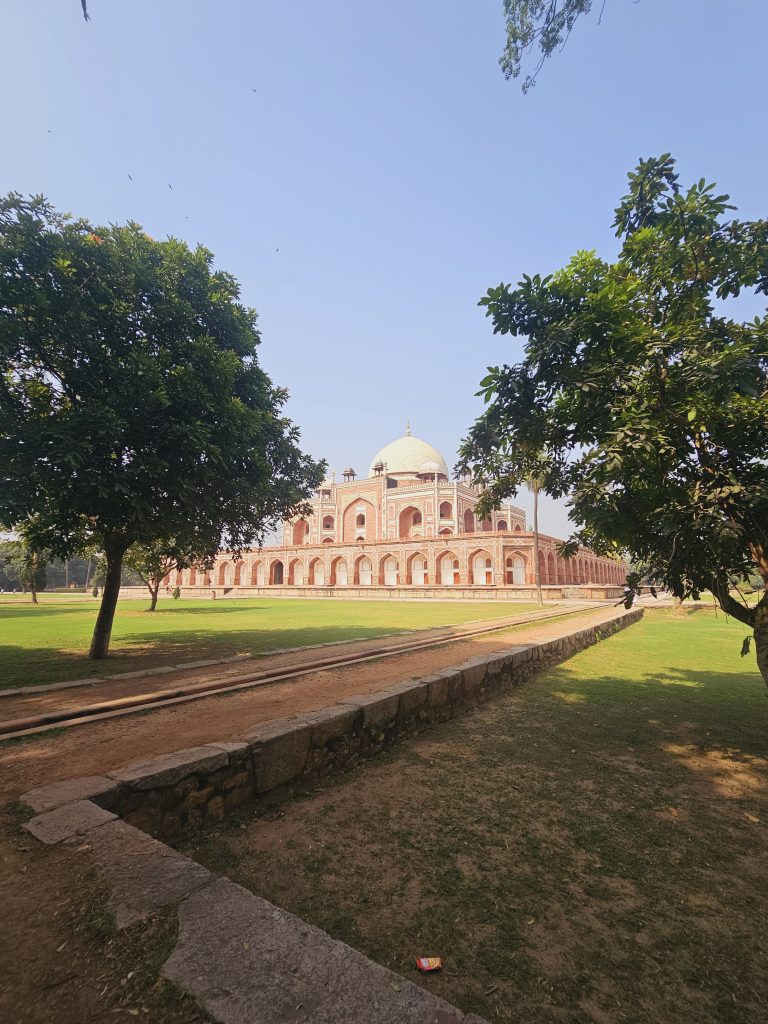
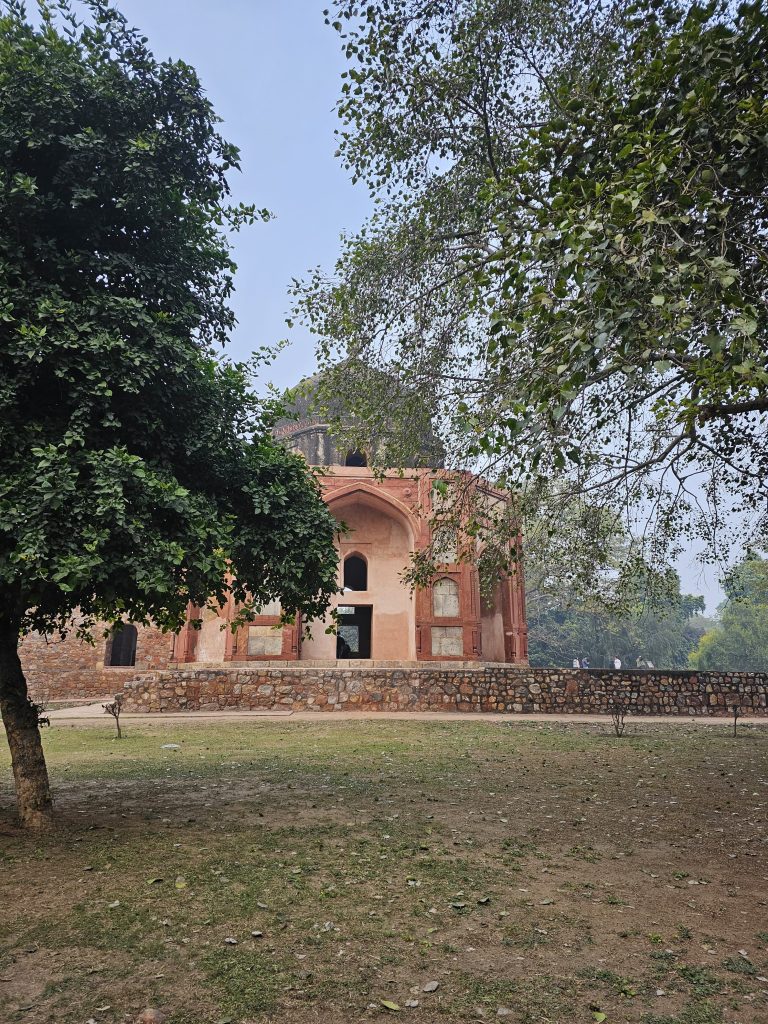
Tips for Visiting Humayun’s Tomb
- Best Time to Visit: The best time to explore Humayun’s Tomb is during the cooler months of November to March. The weather is pleasant, making it ideal for a leisurely walk around the monument and gardens.
- Photography: The monument offers great photo opportunities, so don’t forget your camera or smartphone to capture the stunning beauty of the tomb and its surroundings.
- Entry Fee: The entry fee for international tourists is nominal, and there are also discounted rates for Indian citizens, students, and children. Check the latest rates before visiting.
- How to Reach: Humayun’s Tomb is easily accessible by metro, with the nearest station being “Hazrat Nizamuddin” on the Pink Line. You can also take a cab or auto-rickshaw from various parts of the city.
- Guides: Hiring a local guide can enhance your experience, as they can offer rich insights into the history and significance of the tomb and its architecture.
Why Humayun’s Tomb Should Be on Your Travel Bucket List
Humayun’s Tomb is an experience that transports you to a bygone era of opulence, artistry, and imperial history. Whether you’re a history buff, an architecture lover, or a traveler seeking peace in the heart of a bustling city, Humayun’s Tomb is the perfect place to immerse yourself in India’s rich Mughal heritage. Also you can visit https://ghoomophiro.in/monuments/qutub-minar-symbol-of-love-and-victory
So, next time you’re in Delhi, make sure to carve out some time to explore this incredible piece of history. From its serene atmosphere to its breathtaking architecture, Humayun’s Tomb offers a truly unforgettable experience that will leave you in awe of India’s architectural brilliance and rich cultural heritage.

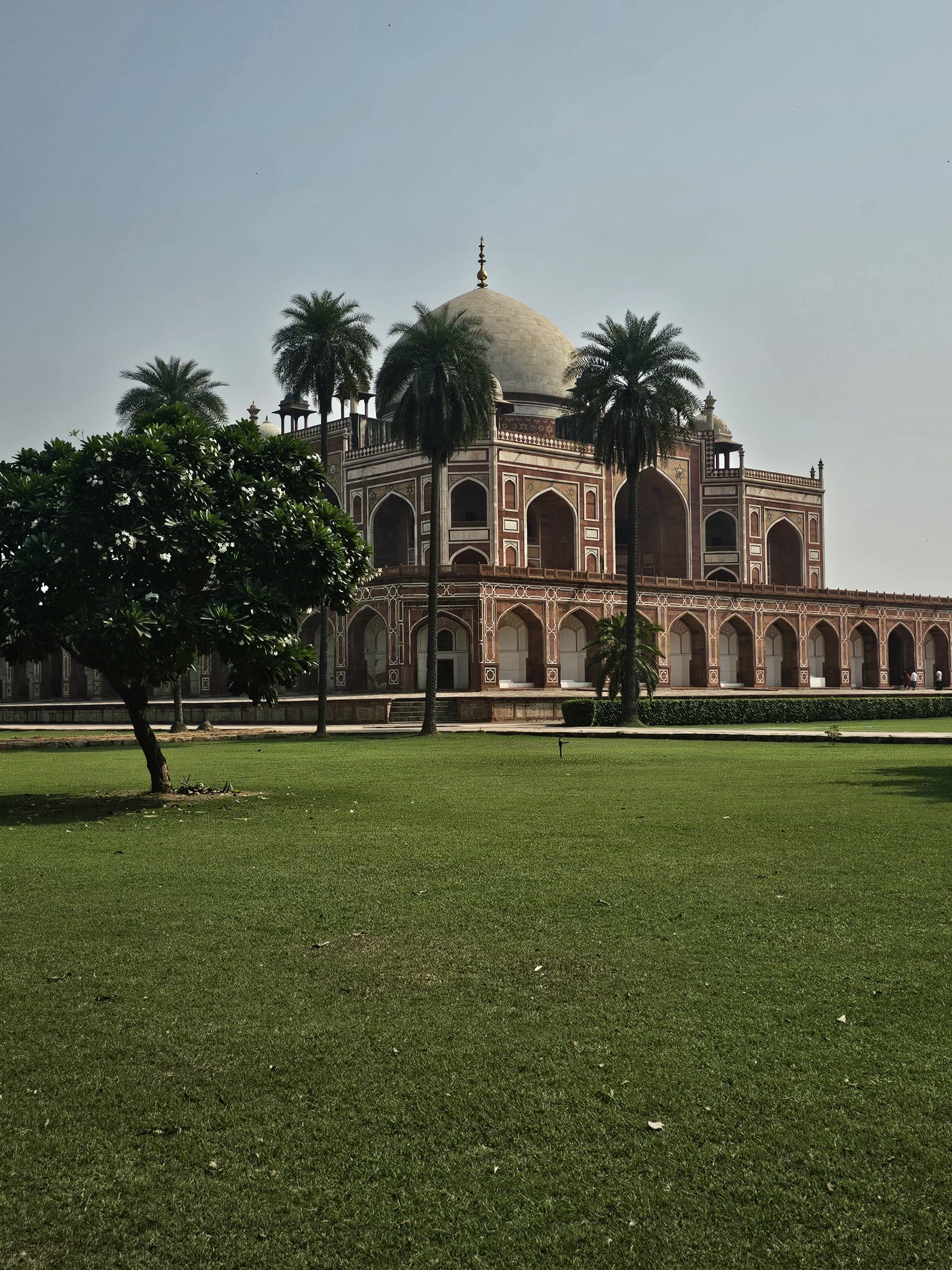
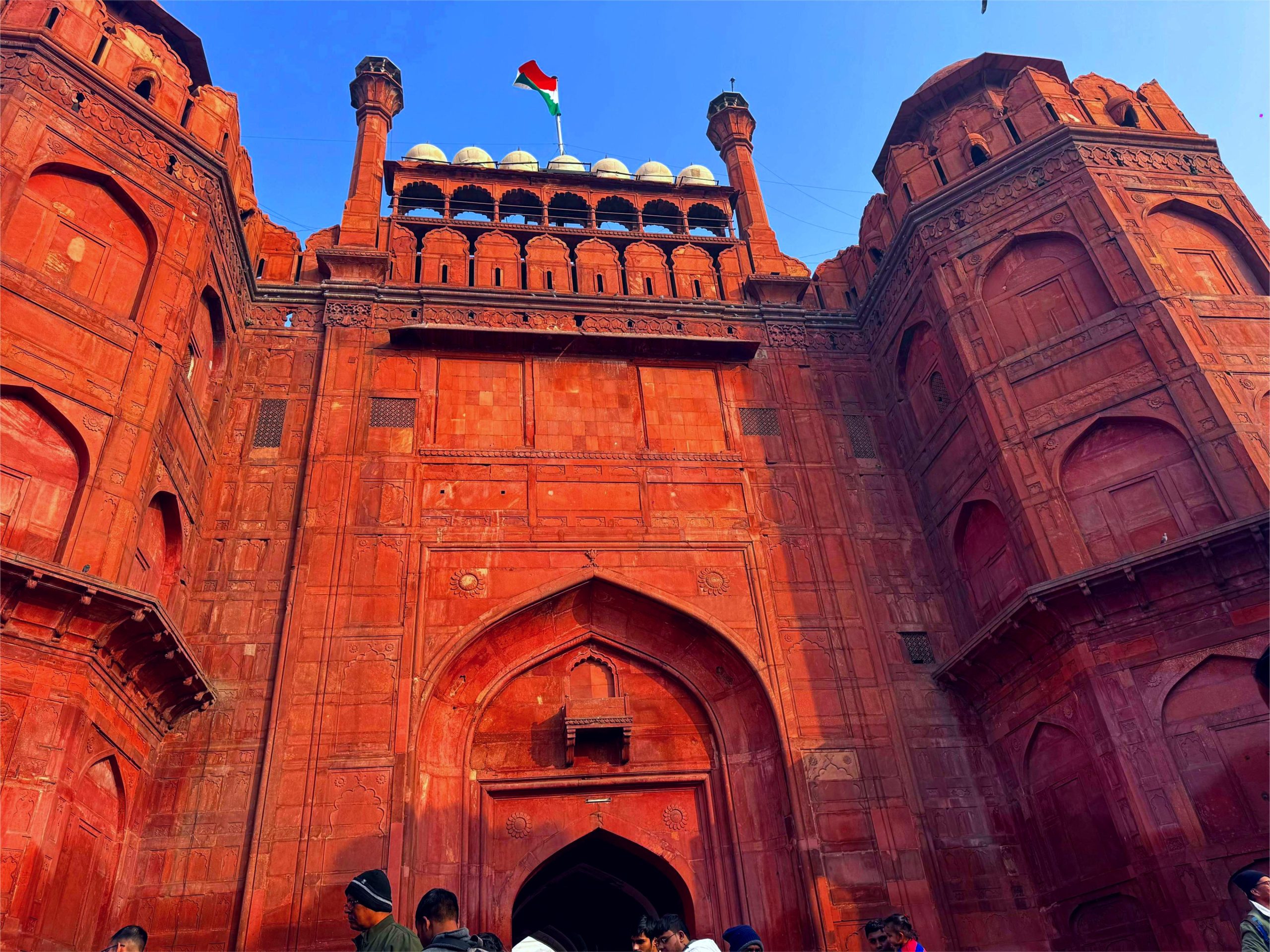
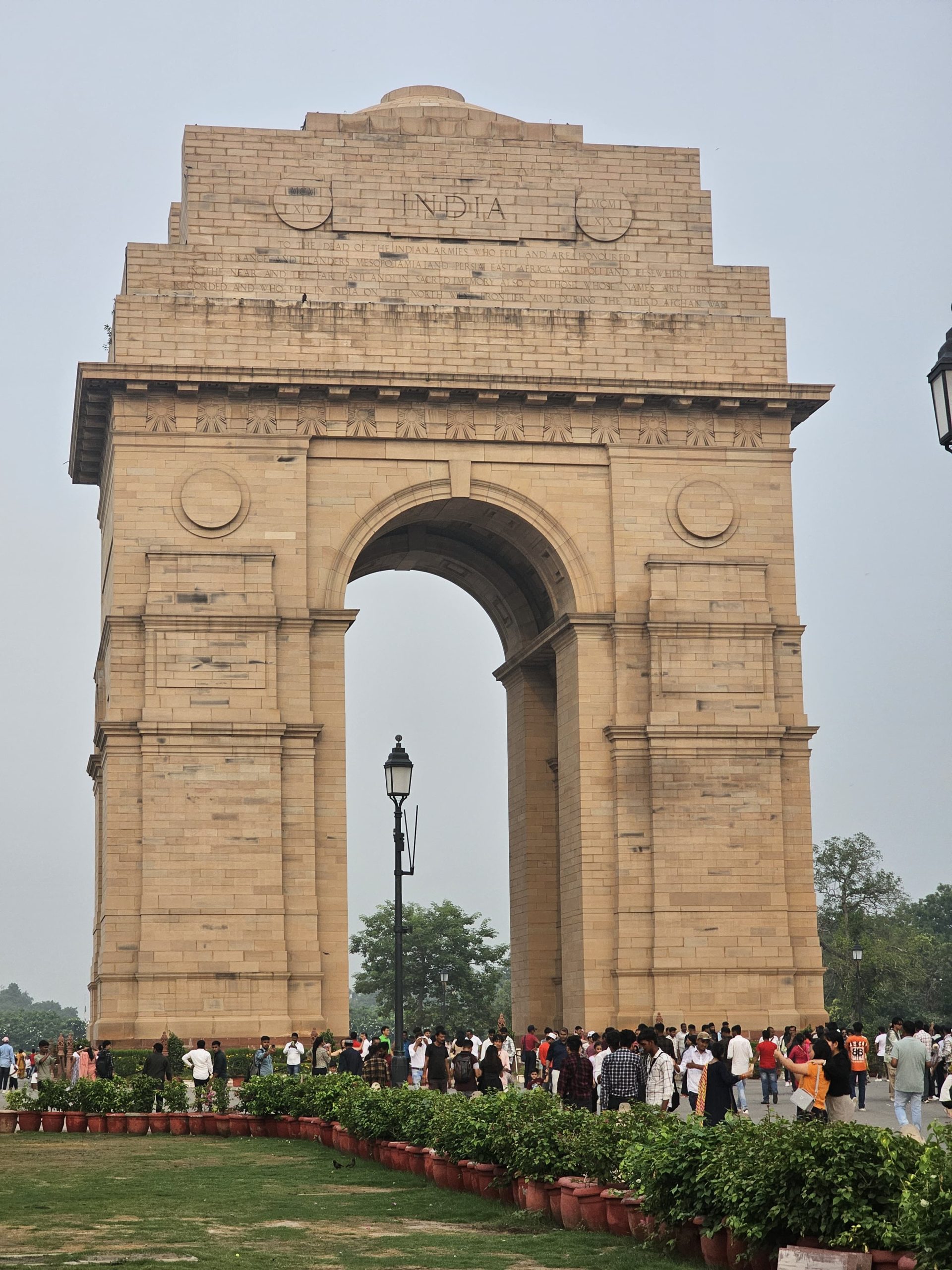
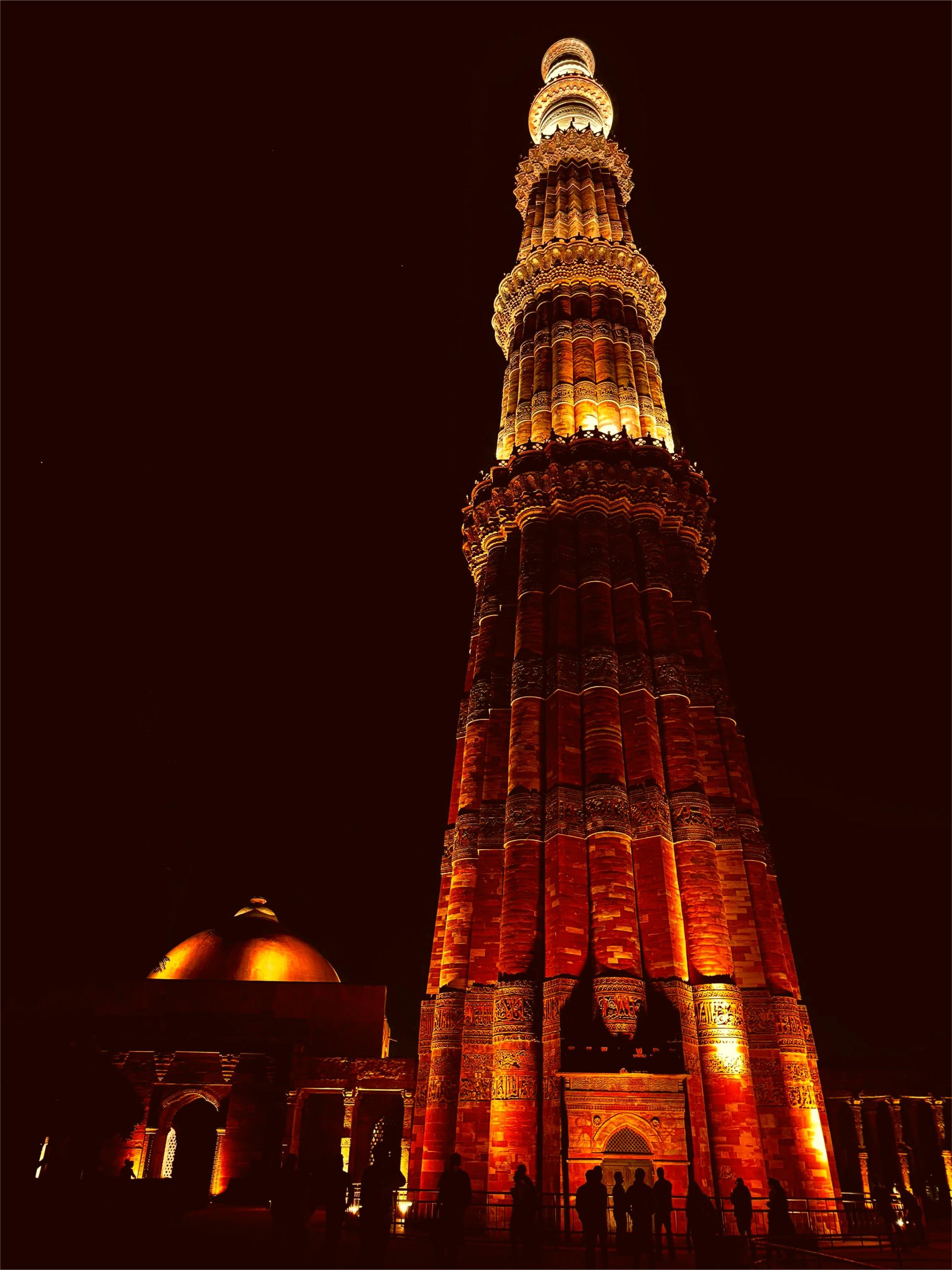
One thought on “Humayun’s tomb- A monument to love and loss”